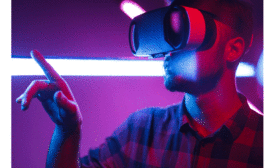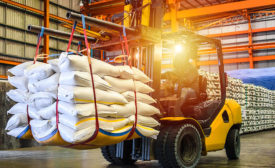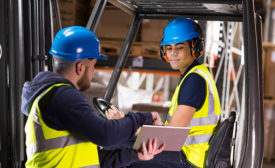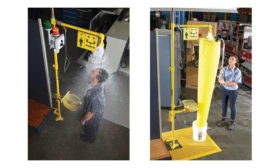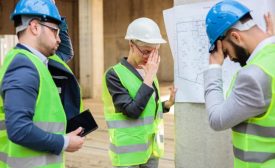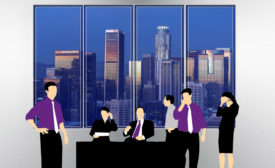Home » employee training
Articles Tagged with ''employee training''
Human error & operational risk
Are you looking in the wrong place to manage non-compliant behaviors?
November 14, 2018
You’re hired – now this is our culture
Orientation training must be more than lip service
March 3, 2015
Become a Leader in Safety Culture
Build your knowledge with ISHN, covering key safety, health and industrial hygiene news, products, and trends.
JOIN TODAYCopyright ©2025. All Rights Reserved BNP Media.
Design, CMS, Hosting & Web Development :: ePublishing
